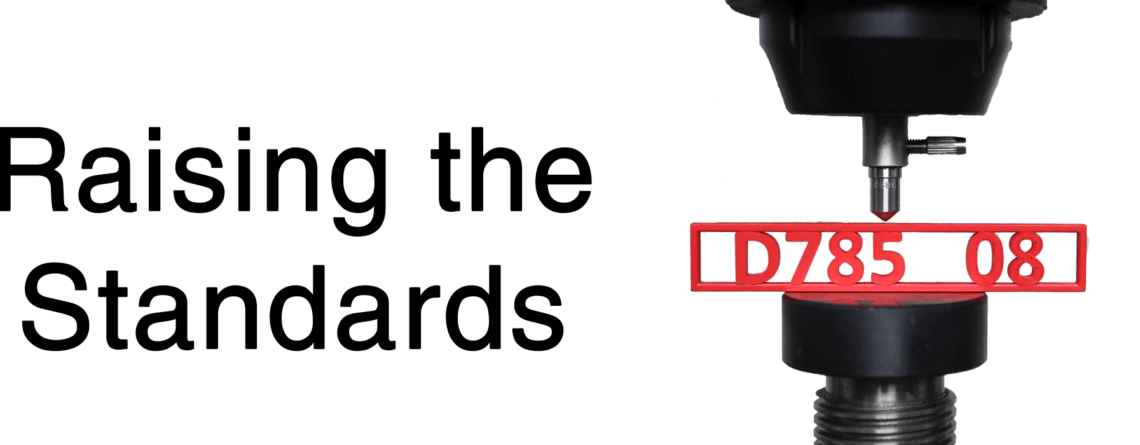Why Test Your 3D Print Materials?
Joel Coffman2025-03-05T09:28:24-06:00In our years of working in the additive manufacturing space, Austin Reliability Labs – and more generally, the TyRex Technology Family to which it belongs – has noticed an increasingly important issue within the industry. The dynamism and ever-evolving nature of the industry that provides so much promise has led to an issue of consistency – as materials and applications grow in number, there is a dire need for benchmarking and uniformity. With this in mind, ARL has turned to the most trusted name in standardization, ASTM.
With over 12,500 standards in hundreds of industries, the American Society for Testing and Materials is a global leader in the development and deployment of voluntary consensus standards. If ever there were an organization to help rein in an industry that’s in its “move fast and break things” stage of life, it would be ASTM and its 120 years of operation. Using tried and tested ASTM standards for plastics, ARL has developed a suite of tests that allow manufacturers to rest easy, knowing that the plastics they choose are the right fit for their 3D-printed products.
To better support the industry, ARL has launched the first in a series of tests as part of our “Raising the Standards” initiative. Our hope is to harness the unique solutions additive manufacturing promises and raise the expectation of certainty and reliability to the levels of traditional manufacturing. To celebrate this new initiative, we’ll be announcing a new test standard every few weeks along with explanations for their usage.
Raising The Standards: Rockwell Hardness Test
This week we’re introducing the Rockwell Hardness Test, ASTM D785-08. A material’s Rockwell hardness number is calculated from the “net increase in depth impression as the load on an indenter is increased from a fixed minor load to a major load and then returned to a minor load.” Knowing this characteristic is a must for any product destined for harsh environments such as aerospace, automotive, packaging, dental/medical, construction, wearables, and jigs/fixtures.
The Rockwell Hardness Test can also be seen as the precursor to impact testing and a host of other tests because a material’s Rockwell hardness number can influence design decisions, choice of material as well as the printing process used to create the product. We highly recommend starting with the Rockwell Hardness Test prior to finalizing a design due the potential need to mitigate a material’s weaknesses through design changes.






